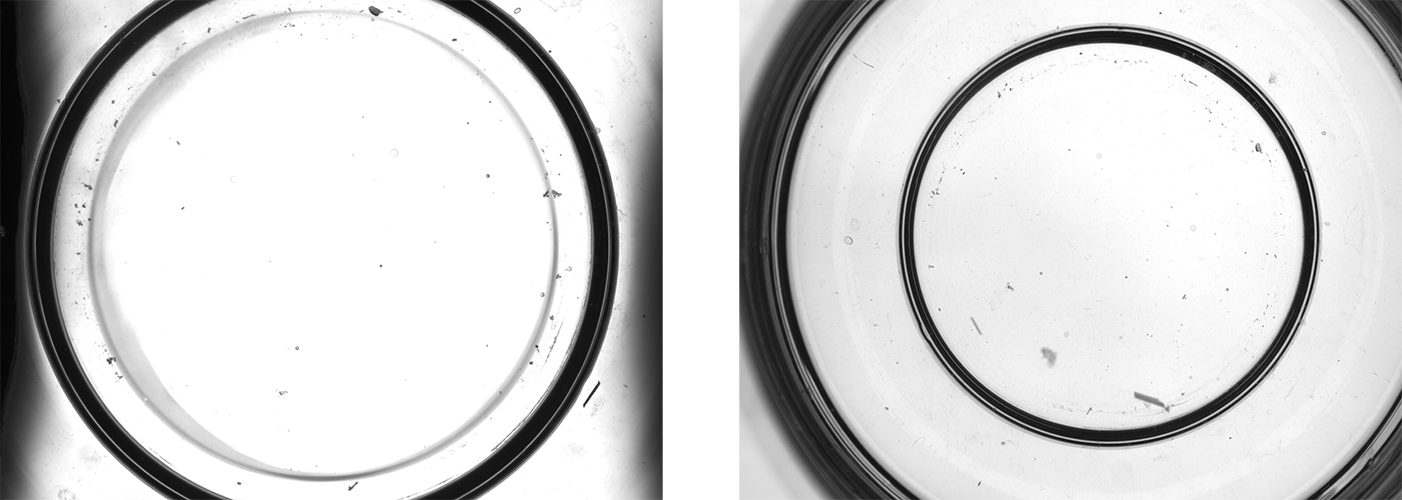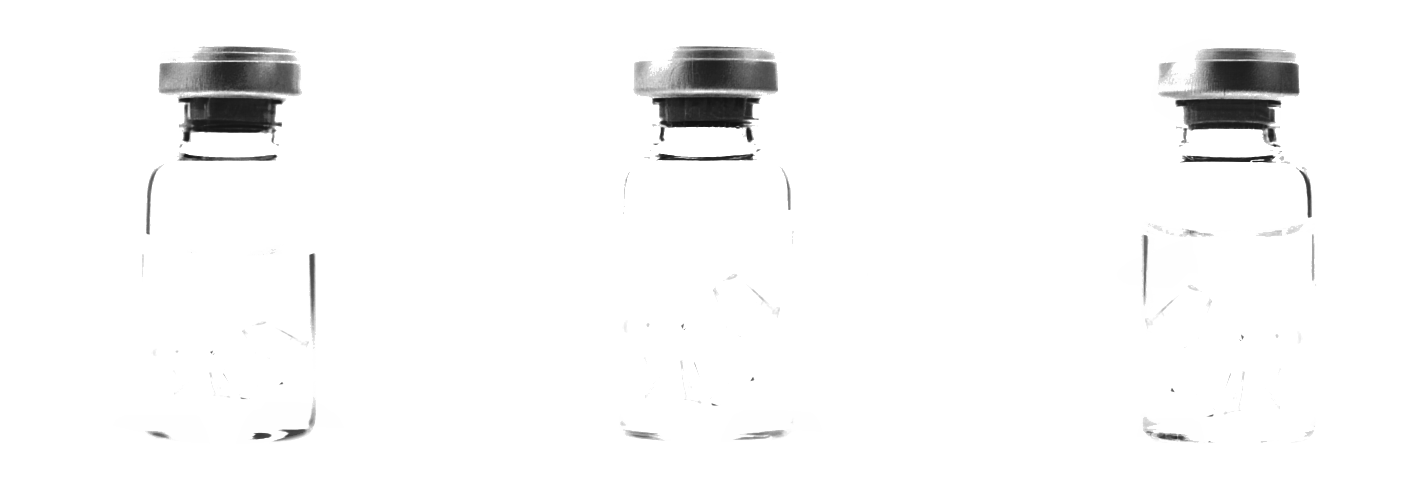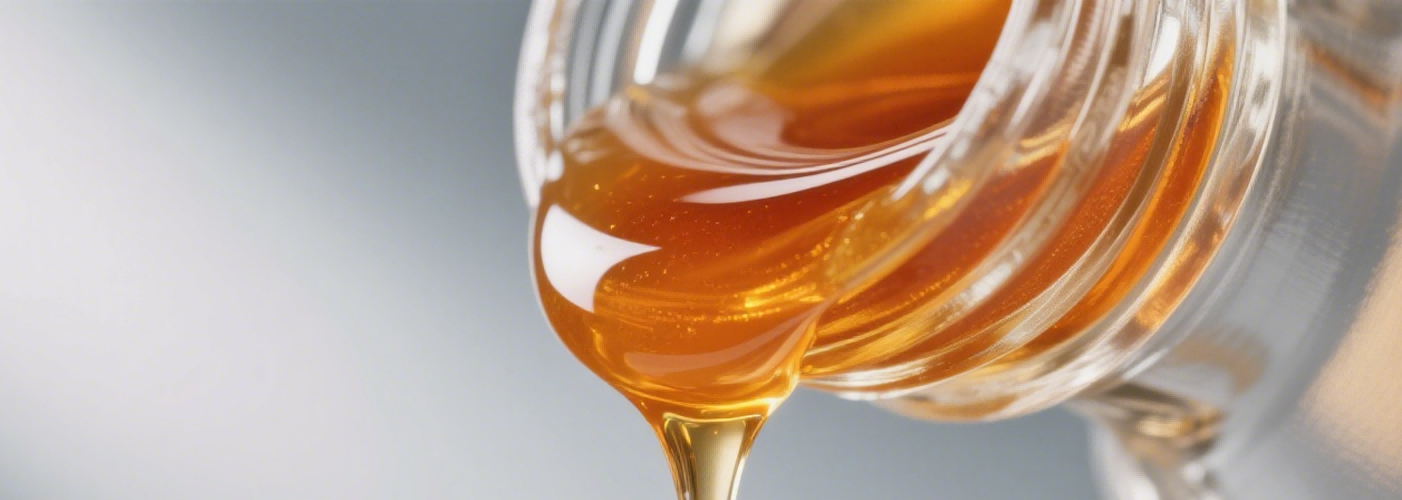Machine Vision in Liquid Impurity Detection
Liquid impurity detection is a cornerstone of quality control across industries, where even minute contaminants can compromise product safety, performance, or consumer trust. Traditional manual inspection methods, reliant on human observation, suffer from inherent limitations: they are slow, labor-intensive, and prone to subjectivity, with accuracy declining over time due to fatigue. In contrast, machine vision technology has emerged as a transformative solution, offering high-speed, consistent, and precise detection capabilities that meet the rigorous demands of modern manufacturing and processing.
1. Core Principles
The effectiveness of machine vision in liquid impurity detection hinges on two interconnected processes: image acquisition and image processing. Together, these stages transform raw visual data into actionable insights about impurity presence, size, and type.
Image Acquisition
At the heart of image acquisition lies the strategic interplay of lighting systems and imaging devices, both tailored to overcome the unique challenges of transparent or semi-transparent liquids. Lighting is critical for creating contrast between impurities and their liquid background. Backlighting, often using high-intensity LEDs, is widely adopted for transparent liquids: by placing the light source behind the liquid container, impurities that block or scatter light appear as distinct dark spots against a bright backdrop. For surface or container wall contaminants, side-lighting is preferred, as it casts shadows that highlight irregularities.

Image Processing
Once images are acquired, processing algorithms extract meaningful information through three key steps. Pre-processing enhances image quality: filtering reduces noise (e.g., Gaussian filters smooth graininess), while contrast adjustment (such as histogram equalization) amplifies subtle differences between impurities and liquids. Segmentation then isolates impurities from the background. Thresholding, a simple yet effective technique, classifies pixels as "impurity" or "background" based on intensity values. For complex scenarios—where impurities blend with the liquid—edge detection (e.g., Canny algorithm) identifies sharp intensity changes to outline contaminant shapes.
2. Industrial Applications
Machine vision’s versatility has made it indispensable across sectors where liquid purity is non-negotiable.
In pharmaceuticals, the stakes are particularly high: impurities in injectables, such as glass shards from vials or rubber particles from stoppers, can cause severe harm to patients. Machine vision systems integrated into production lines inspect each unit in real time, rejecting contaminated batches before they reach consumers. This not only ensures compliance with strict regulatory standards but also mitigates the risk of costly recalls and reputational damage.

The food and beverage industry relies on machine vision to safeguard product quality and taste. In juice production, for example, systems detect stray seeds, peel fragments, or foreign particles that survive initial processing. In brewing, they identify yeast clumps or sediment in beer, preserving clarity and flavor. By maintaining consistency, these systems uphold brand reputation and meet consumer expectations for safety.
In the chemical sector, especially for high-purity applications like electronic-grade chemicals, machine vision prevents costly defects. Even trace impurities in chemicals used for semiconductor manufacturing can disrupt circuit functionality. Vision systems monitor storage tanks and pipelines, ensuring contaminants are detected early, reducing waste, and protecting sensitive production processes.
3. Challenges and Solutions
Despite its advantages, machine vision faces hurdles in real-world applications, each addressed by targeted innovations.
Viscous liquids, such as syrups or oils, pose a unique challenge: impurities move slowly or adhere to container walls, making them harder to distinguish. Advanced lighting, such as structured light, projects patterns onto the liquid, and analyzing pattern distortion reveals hidden contaminants. For highly transparent liquids, multi-spectral imaging—using wavelengths beyond visible light—enhances contrast by leveraging impurities’ unique light-absorption properties.

4. Conclusion
Machine vision has revolutionized the field of liquid impurity detection, offering accurate, fast, and objective detection methods. By leveraging principles of image acquisition, processing, and analysis, it has found wide applications in various industries, including pharmaceuticals, food and beverage, and chemicals. Despite facing challenges such as complex liquid properties, small - sized impurities, and high - speed production requirements, solutions such as advanced lighting and imaging techniques, improved image processing algorithms, and high - performance hardware have been developed. Looking to the future, the integration with IoT, the development of more intelligent algorithms, and the miniaturization of devices will further enhance the capabilities of machine vision in liquid impurity detection, contributing to improved product quality, enhanced safety, and more efficient industrial processes.


